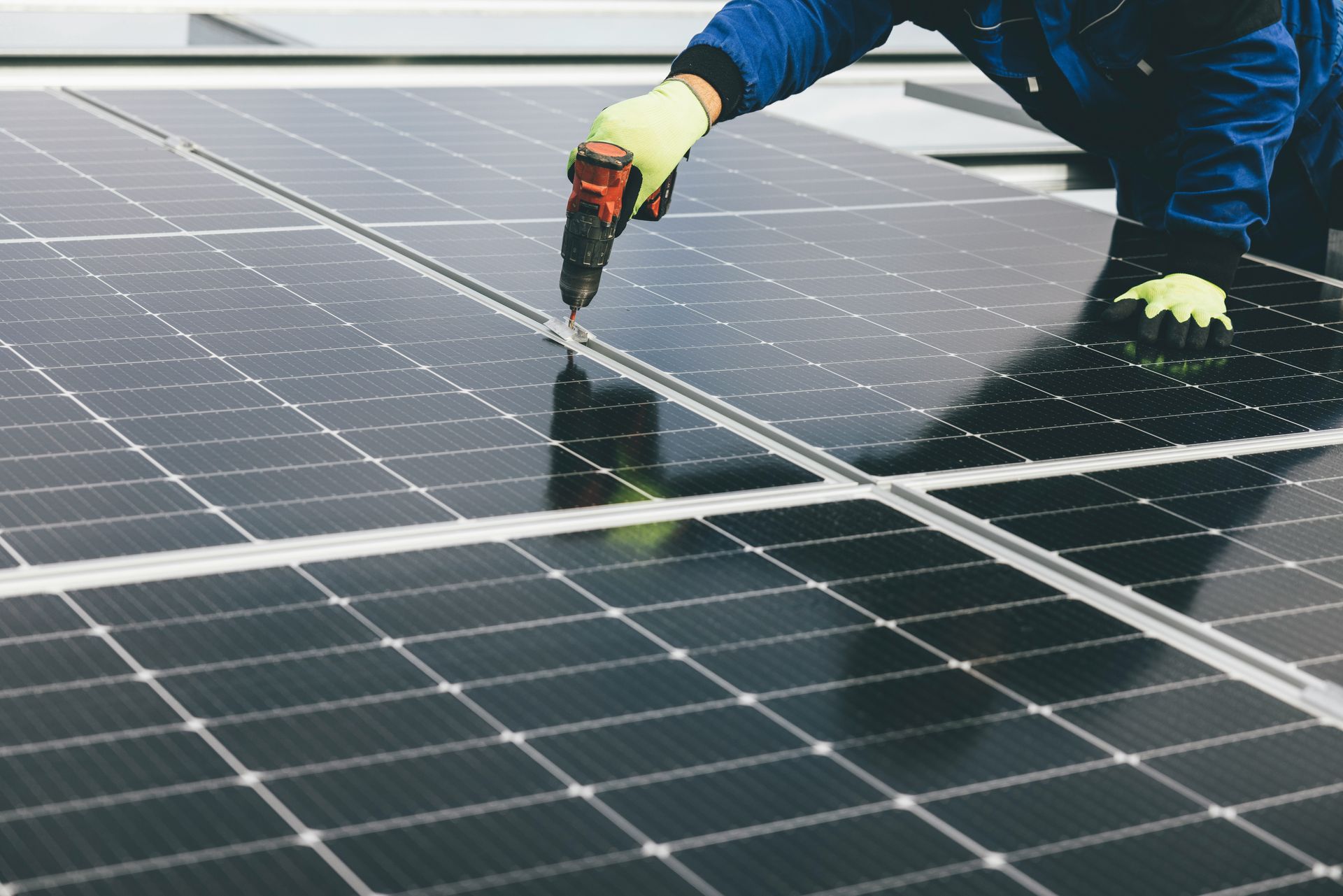Why Are Essential Service Fees Like Electricity and Water in Mexico So Volatile Currently?
Denali-ep
| 24 de octubre de 2024
Why Are Essential Service Fees Like Electricity and Water in Mexico So Volatile Currently?
Introduction
Context of Rate Volatility
In recent years, essential service fees such as electricity and water in Mexico have experienced significant volatility. This fluctuation has raised concerns among both households and businesses, as unexpected cost increases can disrupt financial planning and budgeting.
Importance of Understanding Rates
Understanding why these fees are so volatile is crucial for consumers and businesses to make informed decisions. Knowing the factors that influence pricing can help mitigate the impact of these fluctuations and allow for better financial preparation.
Factors Contributing to Volatility
Changes in Government Regulation
Electricity and water fees are subject to regulatory changes, often driven by government policies. In the case of electricity, the Regulatory Energy Commission (CRE) and the Federal Electricity Commission (CFE) set rates that may adjust annually. These changes may result from:
- New energy policies: Encouraging renewable energy usage or reducing emissions.
- Adjustments for inflation: Ensuring the financial stability of service providers.
Seasonal Demand
The demand for electricity and water fluctuates significantly throughout the year. For example, electricity consumption spikes during summer due to increased air conditioning usage, which can lead to:
- Temporary rate increases: As demand peaks, rates may rise.
- Time-of-use pricing: CFE implements different rates for peak and off-peak hours, making costs less predictable.
Infrastructure and Maintenance Costs
The need to maintain and upgrade public service infrastructure contributes to rate volatility. Investments in:
- Electrical grids: Upgrades to reduce energy losses and increase efficiency may drive rate hikes.
- Water systems: Modernizing water treatment and distribution plants can also lead to increased consumer costs.
Weather Conditions and Water Resources
Climate conditions can affect water resources and electricity generation. For example:
- Droughts: Limit water availability for hydropower, causing reliance on more expensive energy sources.
- Extreme weather events: Hurricanes or storms can damage infrastructure, leading to costly repairs that may be passed on to consumers through rate increases.

Subsidy Policies
The Mexican government has implemented subsidies for electricity rates, particularly for residential use. However, these subsidies can be:
- Reduced or eliminated: Sudden changes in subsidy policies can result in abrupt price increases.
- Dependent on fiscal conditions: The availability of subsidy funds can vary, affecting the stability of rates.
Electricity Rates in Mexico
Rate Structure
Electricity rates in Mexico are complex and vary by consumer type (residential, commercial, industrial). The CFE establishes different rates, such as:
- Basic supply rates: For residential consumers using up to a certain limit of kWh.
- Commercial and industrial rates: Which may include additional charges for demand.
Impact of Fossil Fuels
Mexico's electricity generation heavily relies on fossil fuels. When international fuel prices rise, electricity rates tend to increase due to:
- Higher production costs: Directly linked to fuel prices.
- Import dependence: Mexico imports a significant portion of its fuel, making it vulnerable to global market fluctuations.
Time-of-Use Rates
CFE applies time-of-use pricing, meaning rates vary based on the time of day. Consumers can benefit by shifting their usage to off-peak hours to reduce costs.
Water Rates in Mexico
Rate Structure
Water rates also vary by region and user type, with industrial consumers typically facing higher rates than residential users. Key features include:
- Tiered pricing: Where the cost per cubic meter increases with higher consumption volumes.
- Fixed fees: Applied regardless of usage levels.
Water Scarcity and Tiered Pricing
Water scarcity in certain Mexican regions has driven rate increases aimed at discouraging excessive consumption. This may result in:
- Rate hikes: For users who exceed consumption limits.
- Conservation incentives: Lower rates for consumers using less water.
Infrastructure Investments in Water Systems
Modernizing water infrastructure is essential for improving efficiency in water distribution and treatment. However, these upgrades can lead to:
- Temporary rate increases: To cover improvement costs.
- Improved long-term services: Justifying the initial rate hikes through enhanced service quality.
Impact of Volatility on Consumers
Family Budgets
Rate volatility can have a significant impact on family budgets. Unexpected increases in electricity and water fees may force families to adjust spending in other areas.
Strategies to Mitigate the Impact
Consumers can adopt several strategies to reduce the impact of volatile fees:
- Efficient energy use: Implementing energy-saving measures at home.
- Monitoring consumption: Using tools to track electricity and water usage.
Future Perspectives
Regulatory Trends
Regulations in the energy and water sectors are expected to continue evolving. Future trends may include:
- Promotion of renewable energy: Which could help stabilize rates in the long term.
- Infrastructure improvements: That reduce operational costs and, consequently, rates.
Technological Innovations
Advanced technologies in electricity generation and water distribution could help lower costs and improve efficiency. These innovations include:
- Smart meters: For better consumption monitoring.
- Water resource management systems: Optimizing water usage and reducing waste.
Conclusion
Summary of Key Factors
The volatility in essential service fees such as electricity and water in Mexico is driven by a combination of regulatory, climatic, economic, and infrastructural factors. Understanding these influences is essential for consumers and businesses to make informed decisions.
Importance of Planning and Education
Proper planning and education on service consumption are vital to mitigating the effects of volatile rates. Staying informed about policy changes and rate adjustments can help consumers better manage their expenses.
Why are electricity rates in Mexico fluctuating so much?
Electricity rates in Mexico fluctuate due to a combination of factors such as government regulations, seasonal demand, and fuel prices. Changes in energy policies, adjustments for inflation, and reliance on imported fuels can cause rates to spike unexpectedly. Additionally, the demand for electricity increases during hot weather, especially in the summer, which also drives up prices.
How do seasonal changes affect water and electricity rates?
Seasonal changes, particularly during high-demand months like summer, significantly impact water and electricity rates. For electricity, increased usage of air conditioning raises demand, leading to temporary rate hikes. For water, periods of drought can strain resources, pushing up prices, especially in areas where water is scarce.
How do government subsidies influence the cost of electricity?
Government subsidies play a major role in stabilizing electricity rates, especially for residential consumers. However, if these subsidies are reduced or eliminated due to changes in policy or fiscal limitations, consumers can experience sudden increases in their electricity bills. The availability of these subsidies is often dependent on the government’s financial health.
What role do infrastructure costs play in service rate volatility?
Maintaining and upgrading infrastructure for electricity and water distribution is costly and can contribute to rate volatility. Investments in improving electrical grids or upgrading water treatment facilities can result in temporary rate hikes to cover the costs of these improvements. Over time, these upgrades may lead to more reliable services, but the initial costs are often passed on to consumers.
Can consumers do anything to reduce the impact of volatile service fees?
Yes, consumers can adopt several strategies to reduce the impact of volatile electricity and water fees. These include improving energy efficiency at home, using time-of-use pricing to shift electricity consumption to off-peak hours, and monitoring water usage to stay within consumption limits. Adopting these practices can help mitigate the effects of fluctuating service costs.




